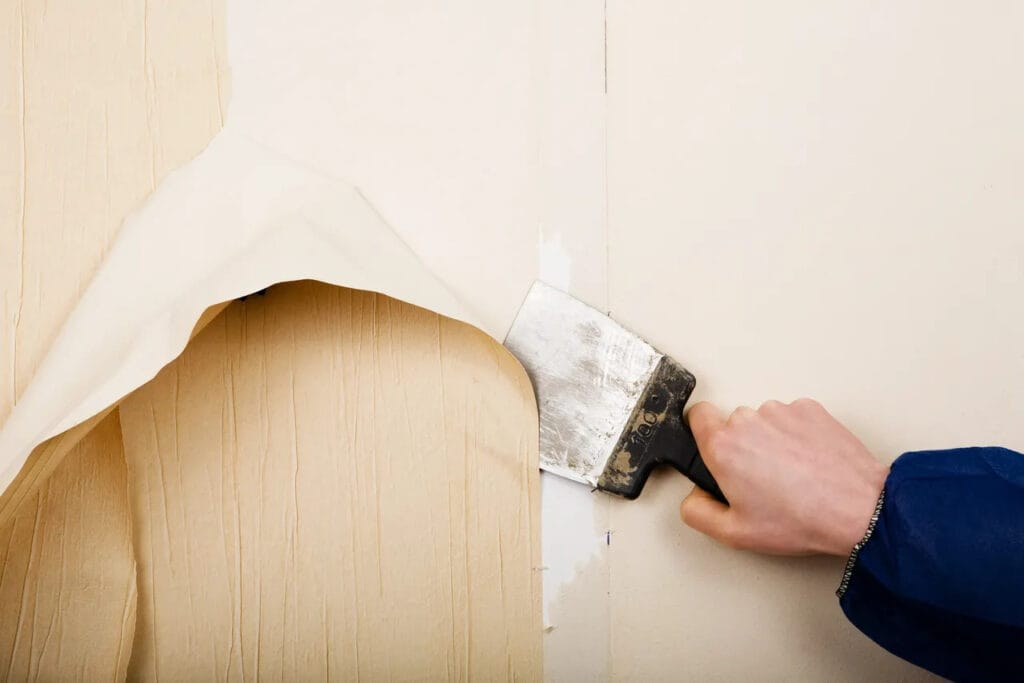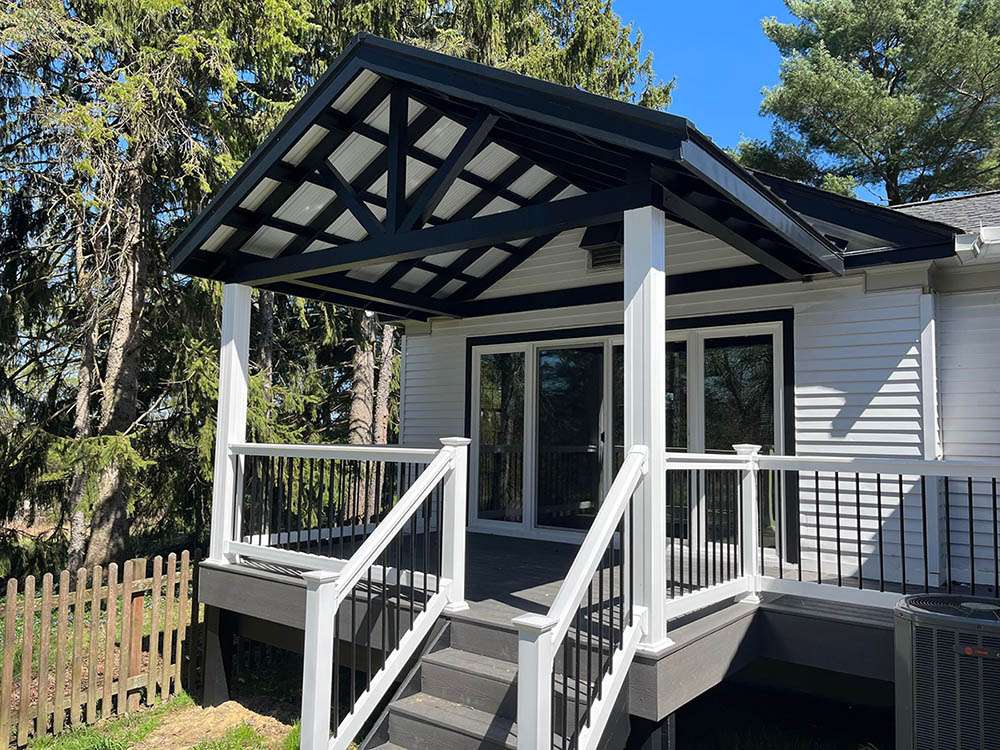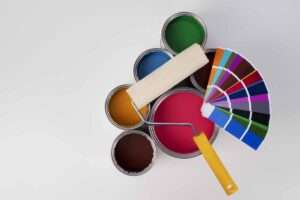
Desirable painting LLC
Taking off wallpaper probably isn’t at the top of your list of fun weekend activities, but it’s a job that must be tackled if you’re ready for a change. The good news is that it isn’t always a harrowing experience. With a bit of patience and the right know-how, your walls will be ready for a fresh finish in no time. Here’s what you need to know about finding the best way to remove wallpaper.
Know Your Walls
Before you begin, it’s important to know what’s behind the wallpaper as the technique is a bit different for plaster than it is for drywall. Plus, old wallpaper may be more difficult to remove than newer wallpaper, especially anything installed in the last several years.
If your home was built after around 1940, it’s unlikely to have plaster walls. To be sure, check an area of your home where you can see behind the walls or ceilings. This may be possible in an attic or basement, or by removing a switch plate and taking a look. If you see lath–strips of wood used as a base for the plaster–then you’ve got plaster.
Getting Started
Removing wallpaper is a messy job so make sure your floors and baseboards are protected by taping a plastic, waterproof drop cloth to the baseboards and overlap the floor by at least two feet. Have plenty of old towels on hand to collect dripping water. Take everything off the walls including outlet covers and switch plates, and protect those openings with plastic as well.
Next, grab a corner of wallpaper and start peeling. If it comes off easily, you’re in luck! Slowly work your way around the room; do not peel too quickly or it might tear and make more work for you. There may be a bit of adhesive left on the walls after this process. Simply soak in a little water and use a scraper with a flexible, rounded blade to scrape away any residue. Sharp instruments may cause damage to your walls!
If the wallpaper is older and will not pull away easily, moisten it with hot water or a commercial stripping agent in a spray bottle. Allow the solution to soak for several minutes, but do not allow it to dry. Once it begins to soften, start peeling and scraping. For wallpaper that’s resisting your best efforts so far, consider renting a wallpaper steamer to give you a hand.
What to Watch For
Some wallpapers are made from vinyl or another nonporous material, or may have a decorative coating that doesn’t allow water and stripping agents to get through. If you’re unable to peel the top layer away, you may need to use a scoring tool to poke tiny holes in the wallpaper, so your stripping agent can reach the adhesive.
It’s also important not to over wet the walls as drywall can become damaged from prolonged contact with water. Plaster is a little tougher in this area and can stand up to a lot of hot water. Work in small sections so you can let the water soak in, but not stay wet for too long or dry out.
Ask for Help!
If you are ready to hire a pro? contact us @ desirablepainting.com




